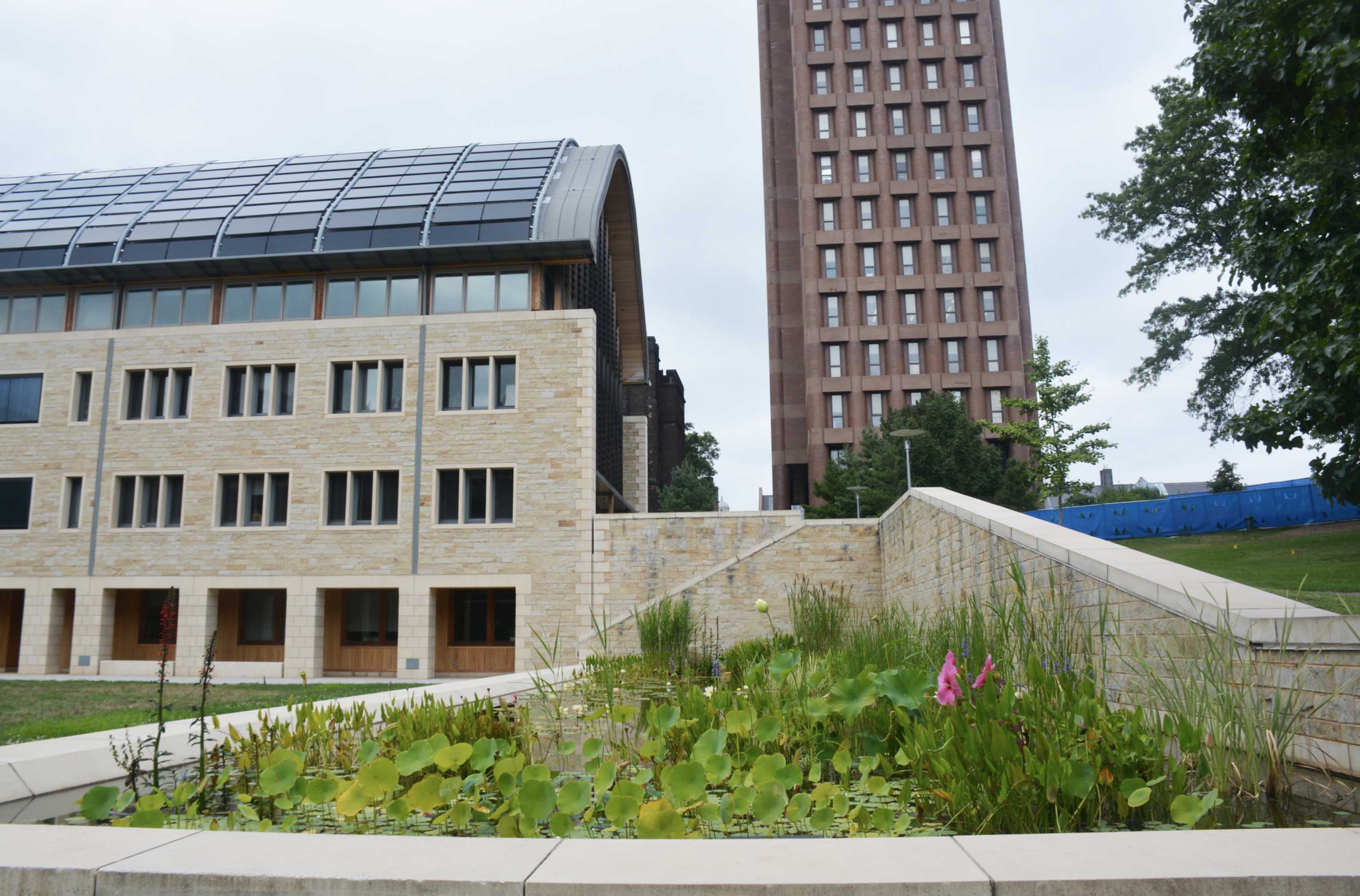
Sustainable CT, a platform focused on grassroots community work in Connecticut towns, has gained significant traction over the last three months, after it announced its statewide launch in November.
Sustainable CT was founded in 2016 with the goal of increasing sustainable practices across the state of Connecticut by encouraging towns and municipalities to implement programs that have positive impacts on the environment as well as local communities. To achieve that goal, the organization put together a list of “best practices” that towns could work on and be recognized for, said Alyssa Norwood an employee at Sustainable CT.
“Connecticut, as a state, has a lot of things it has to work on — and some of that will happen at the state level, but an awful lot of it will happen town by town,” said Brad Gentry, senior associate dean of professional practice at the School of Forestry & Environmental Studies and a member of the Sustainable CT board of directors. “To the extent that sustainability includes equity and economic issues, my hope is that it can help stabilize and put Connecticut on a more positive path going forward.”
Sustainable CT has publicized its statewide rollout by engaging in community outreach, including a series of events held over the past few weeks in some of the communities with whom the organization hopes to work. On Jan. 9, the team held an information session at F&ES. According to Gentry, the event filled Bowers Auditorium, which holds around 60–70 people.
Part of what sets Sustainable CT apart from other sustainability groups is the organization’s easy-to-use online platform. Any municipality in Connecticut can enroll and begin to record their progress on a number of potential “actions,” Gentry said.
These “actions” are sustainability challenges for each municipality that fall into 10 categories, ranging from stewardship of land and natural resources to vibrant and creative cultural ecosystems. Within each “action” are specific projects listed alongside a point scale that towns can use to evaluate their progress.
“It’s not just the typical environmental sustainability platform, it’s also about things like arts and culture, local economy, housing — pretty much all the things that make a town livable and thriving,” said Lynn Stoddard, the director of the Institute for Sustainable Energy, where Sustainable CT originated.
Many local officials and experts were enlisted in the organization’s planning stage so that the “actions” listed online would reflect the needs of the communities in which they would be implemented, according to Norwood. However, Gentry said, those “actions” may change or develop depending on the success of their initial rollout.
Many Yale alumni and faculty members were involved in the working groups that designed the original action specifications, Gentry said, adding that many of the organization’s goals align well with Yale’s own sustainability initiatives.
Sustainable CT also connects towns and municipalities with potential grants to support work it does in the various “action” areas, Stoddard said.
Anyone can open the website and gauge a given town’s progress toward its goals, Norwood said. The project’s transparency enables more open communication between towns, which can collaborate on projects or engage in friendly competition in implementing the actions listed online, she added.
Thus far, 12 towns are listed as participants on Sustainable CT’s online platform, though others are in the process of registering or receiving approval to do so. Many towns, such as Burlington, have already been working on a variety of sustainability initiatives individually, said Theodore Shafer, first selectman of Burlington. The platform will give Burlington the opportunity to collaborate with other towns doing similar work and receive recognition for many of its current projects, Shafer added.
“The grassroots level is really where the nuts and bolts of change happens,” said Khara Dodds, director of planning and land use services of the town of Glastonbury and one of Sustainable CT’s municipal representatives. “At a higher level, you might talk about overall policies and goals, but when you get down to the micro-level of the municipalities, you’re start talking about how you can meet those higher-level goals and the programs you need to put in place to do so.”
Maya Chandra | maya.chandra@yale.edu







